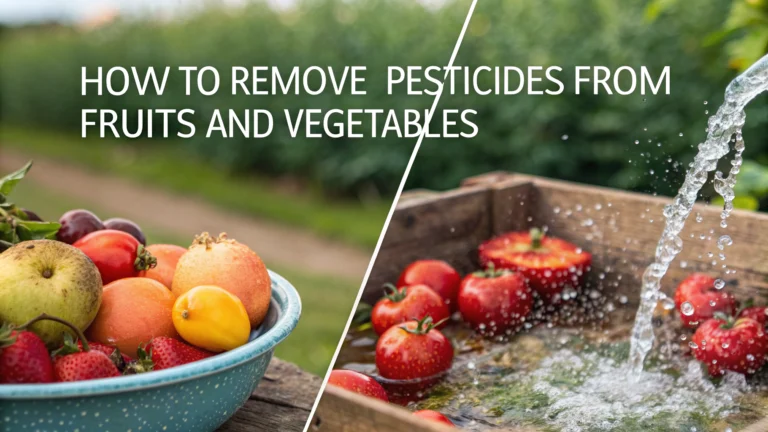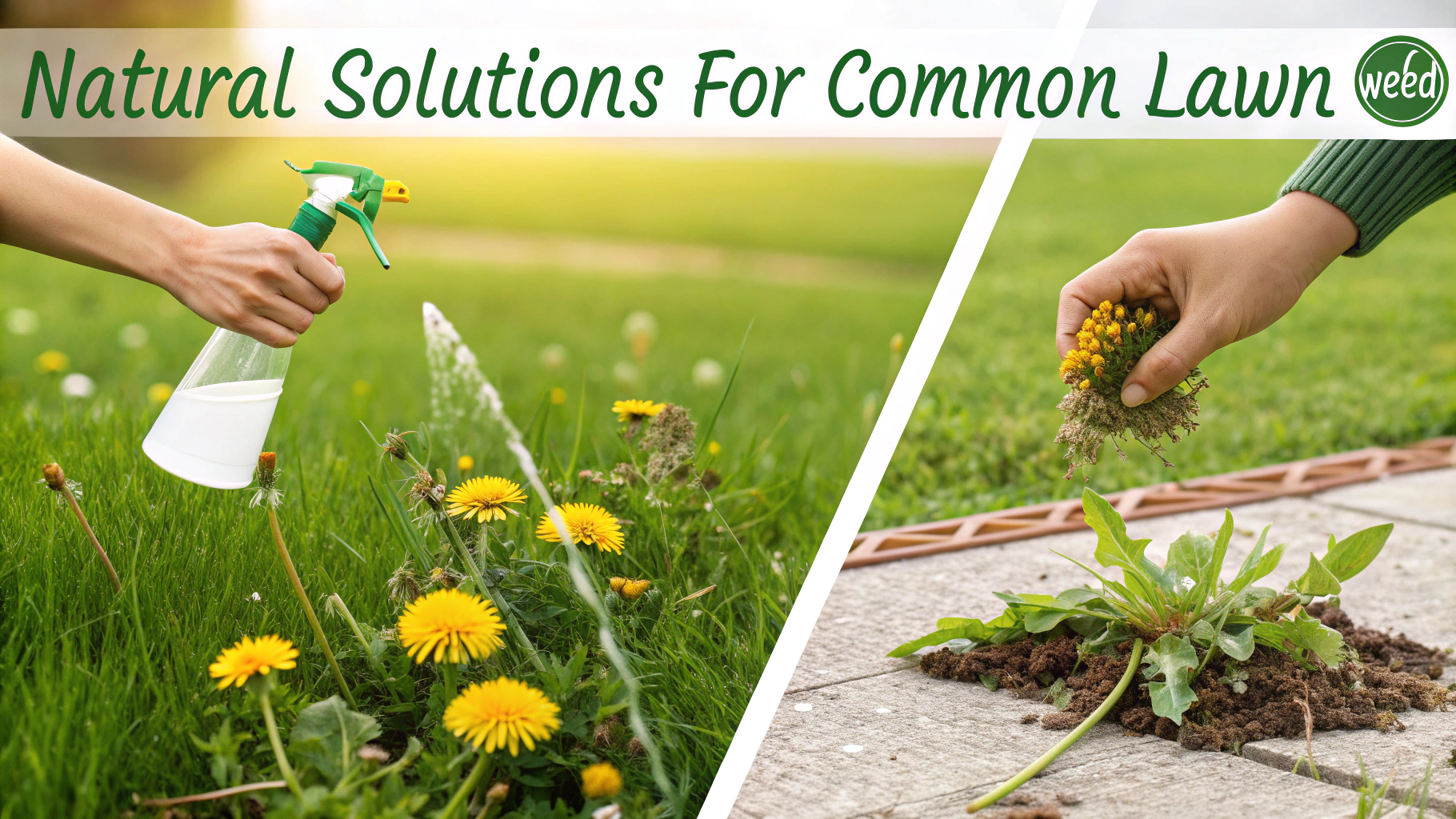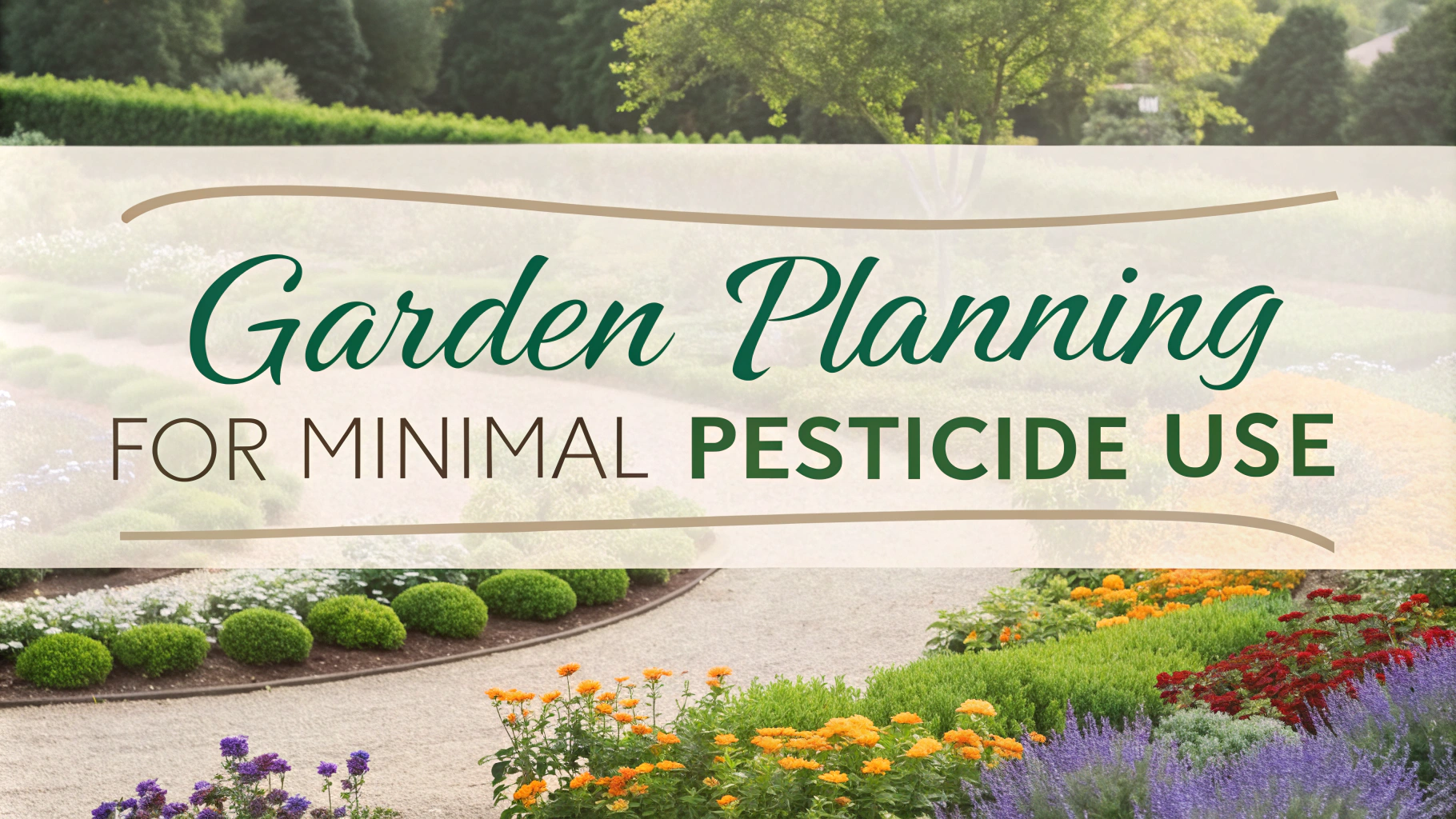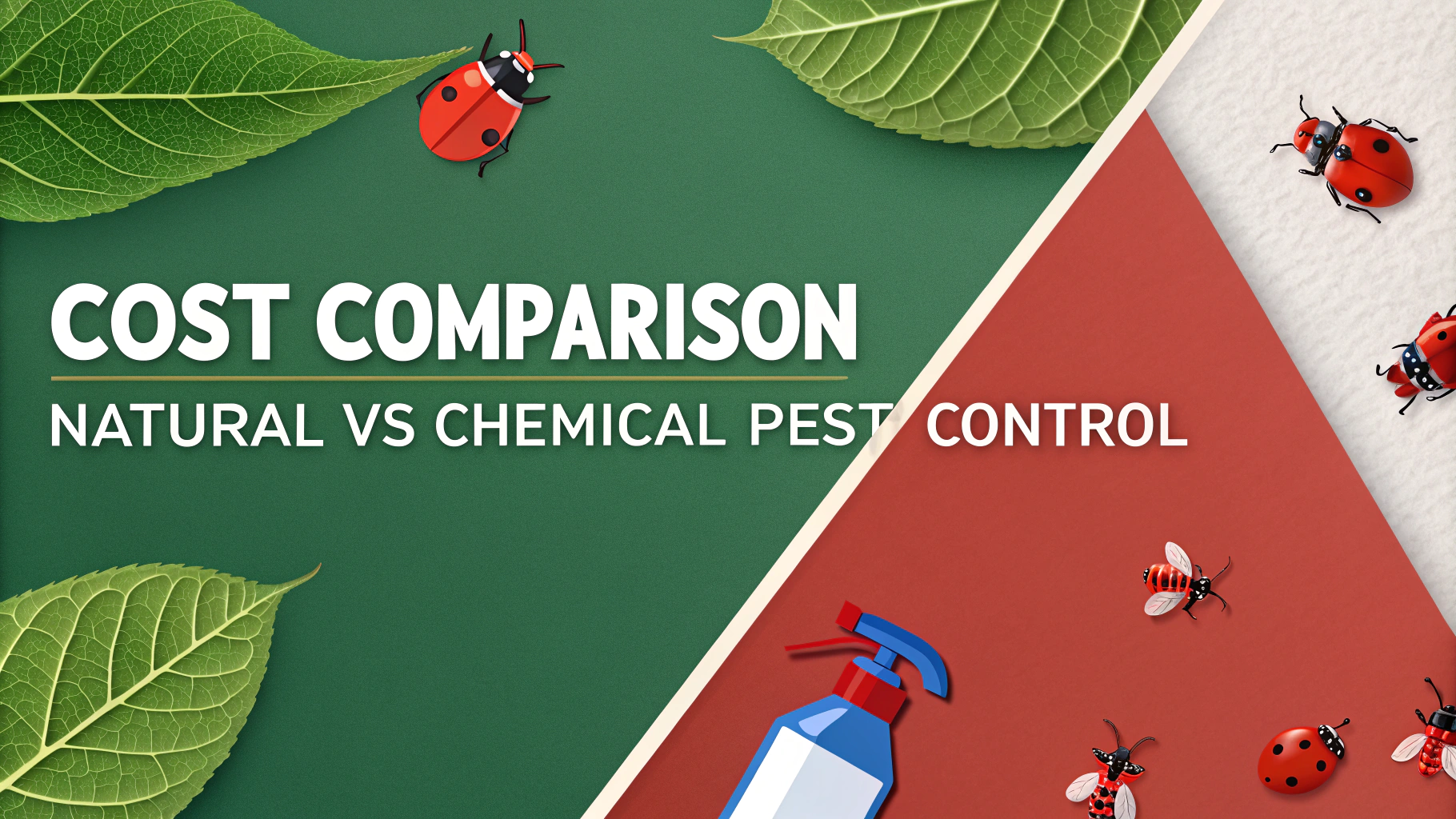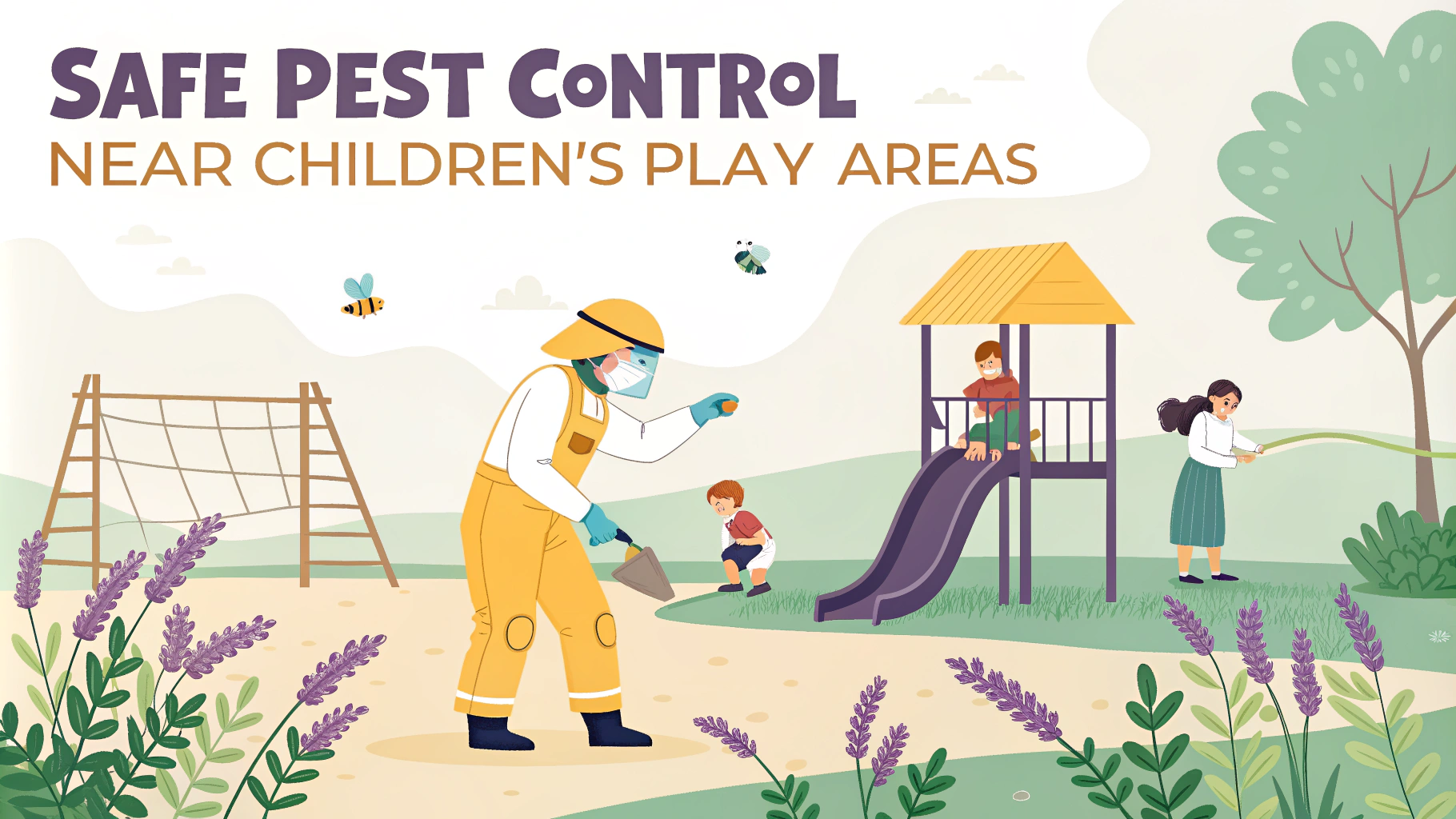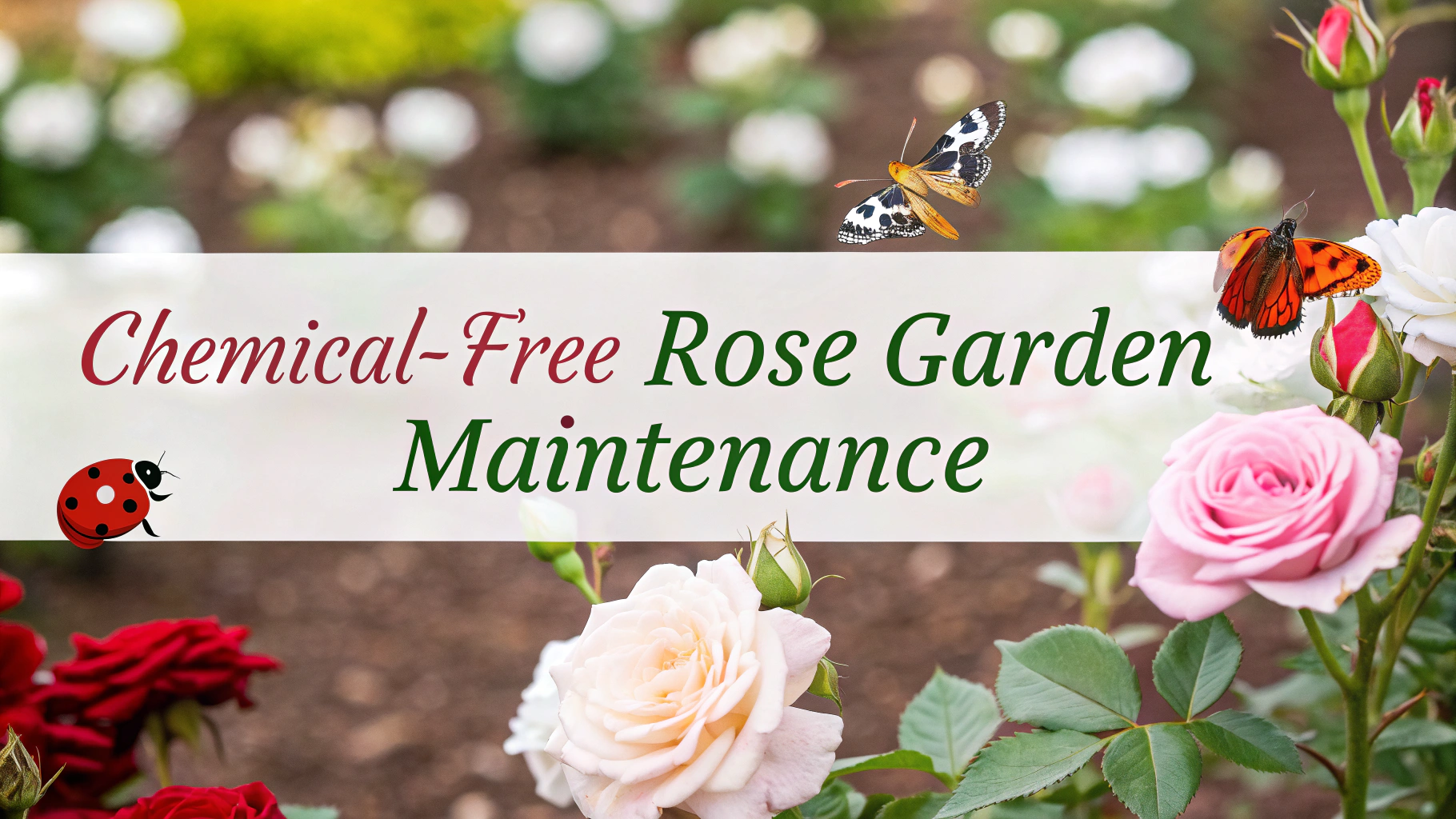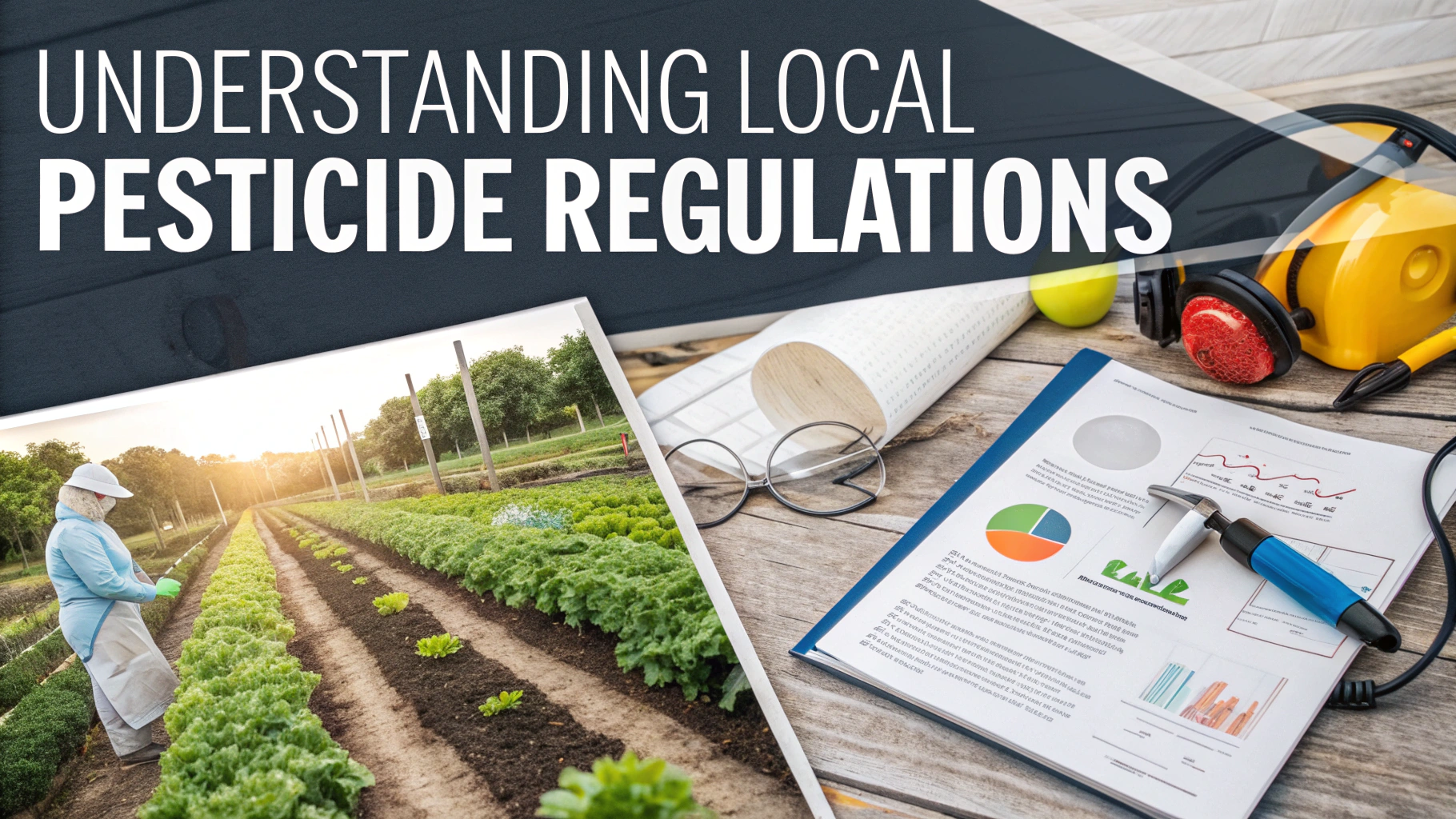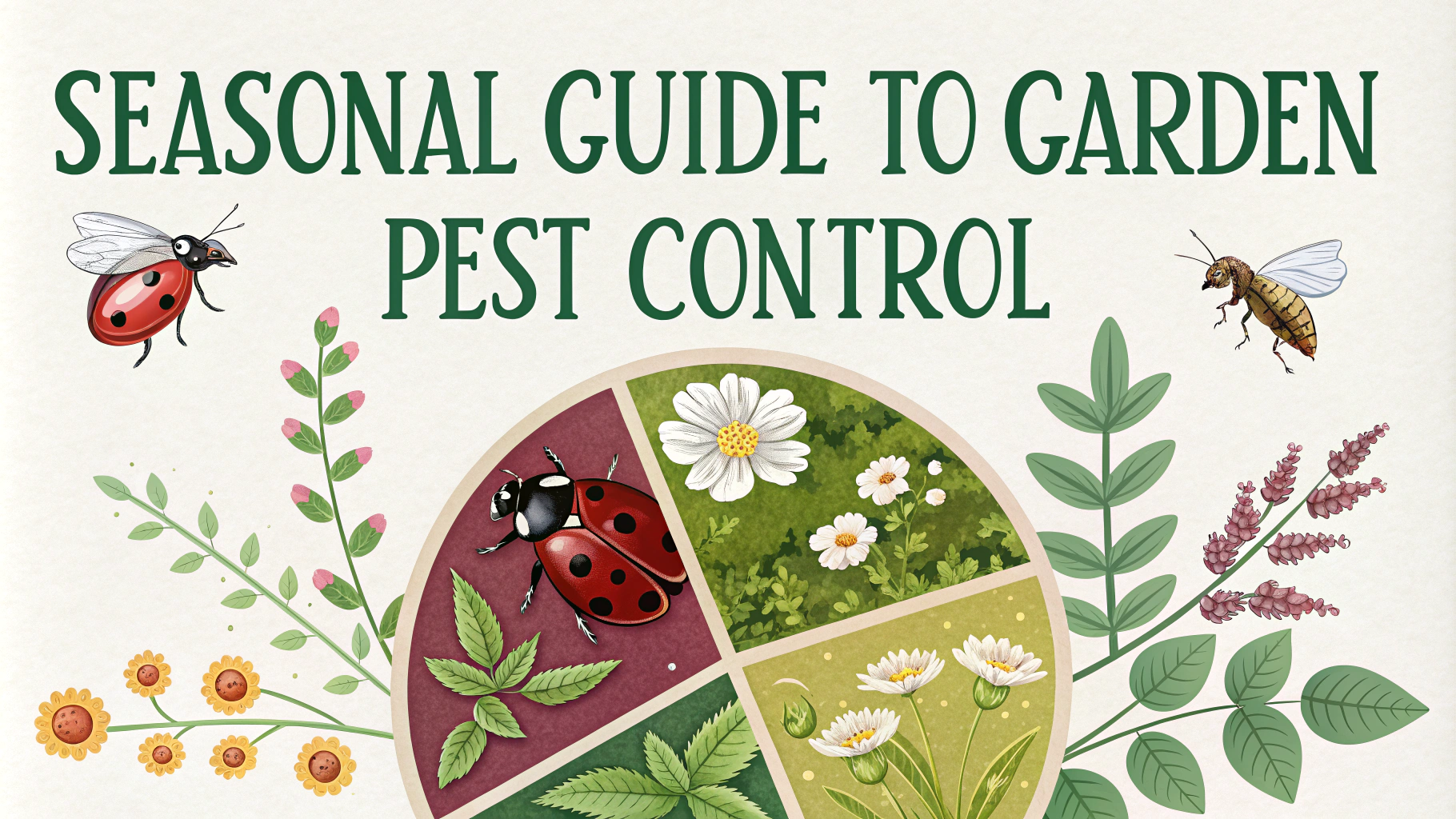Pesticides in fruits and vegetables can pose health risks, but proper cleaning methods can significantly reduce exposure to these chemicals.
Quick Methods to Remove Pesticides
A simple vinegar solution (1 part white vinegar to 3 parts water) can remove up to 98% of surface pesticides when used as a 15-minute soak.
- Salt water solution: Mix 2 teaspoons of salt in 4 cups of warm water
- Baking soda solution: Mix 1 teaspoon of baking soda in 2 cups of water
- Plain cold water rinse: Running water for 30 seconds can remove some surface residues
Step-by-Step Cleaning Process
- Remove damaged or bruised areas where bacteria can thrive
- Rinse produce under running water (avoid soap)
- Scrub firm produce with a clean brush
- Dry thoroughly with a clean cloth or paper towel
Foods That Need Extra Attention
According to the Environmental Working Group (EWG), these foods typically contain higher pesticide residues:
- Strawberries
- Spinach
- Kale
- Nectarines
- Apples
Commercial Produce Washes
While commercial produce washes are available, research from the University of Maine shows they’re no more effective than water alone.
Tips for Different Types of Produce
| Produce Type | Cleaning Method |
|---|---|
| Leafy Greens | Soak in cold water for 2-3 minutes, rinse thoroughly |
| Firm Produce (apples, pears) | Scrub with produce brush under running water |
| Soft Fruits (berries) | Quick rinse, avoid soaking |
Prevention Tips
- Buy organic when possible for high-pesticide foods
- Grow your own produce
- Shop at local farmers’ markets where you can ask about growing practices
- Remove outer leaves of leafy vegetables
For more information about pesticide levels in produce, visit the Environmental Working Group’s Dirty Dozen List.
Contact your local cooperative extension office for specific regional advice about pesticides and produce safety in your area.
Storage After Cleaning
- Ensure produce is completely dry before storing
- Use breathable produce bags
- Store fruits and vegetables separately
- Keep cleaned produce in the crisper drawer
- Monitor regularly for signs of spoilage
Common Mistakes to Avoid
- Using soap or detergent on produce
- Cleaning produce too far in advance
- Neglecting to clean “pre-washed” items
- Forgetting to clean the cleaning tools
When to Clean Produce
Clean fruits and vegetables just before use, except for leafy greens which can be washed and properly stored for up to one week. Cleaning too far in advance can promote bacterial growth and speed up spoilage.
Conclusion
Proper cleaning of fruits and vegetables is essential for reducing pesticide exposure and ensuring food safety. While completely eliminating pesticides may not be possible, following these cleaning methods can significantly reduce chemical residues. Remember that the benefits of eating fruits and vegetables outweigh the risks of pesticide exposure, especially when proper cleaning methods are employed.
Always consult with healthcare professionals if you have specific concerns about pesticide exposure or food safety.
FAQs
- What are the most effective methods for removing pesticides from fruits and vegetables?
Soaking produce in a solution of baking soda and water (1 teaspoon per 2 cups of water) for 12-15 minutes, followed by thorough rinsing, is most effective. Other methods include using white vinegar solution (1:3 ratio with water), or commercial fruit and vegetable washes. - Should I peel all fruits and vegetables to remove pesticides?
While peeling can remove surface pesticides, it also removes valuable nutrients found in the skin. It’s better to properly wash produce first and only peel when necessary, as many pesticides penetrate beyond the skin. - Is cold water rinsing enough to remove pesticides?
Cold water rinsing alone removes some surface residue but is not as effective as using cleaning solutions. Studies show it typically removes only 25-30% of pesticide residues. - Which fruits and vegetables have the highest pesticide residues?
Strawberries, spinach, kale, apples, grapes, peaches, cherries, pears, tomatoes, and celery typically have the highest pesticide residues according to Environmental Working Group’s annual testing. - How long should I wash fruits and vegetables to remove pesticides effectively?
For optimal pesticide removal, wash produce for at least 30 seconds under running water, or soak in cleaning solution for 12-15 minutes, followed by thorough rinsing. - Can salt water effectively remove pesticides?
Yes, soaking in a salt water solution (2 teaspoons salt per cup of water) for 10-15 minutes can help remove pesticide residues, followed by rinsing with clean water. - Are organic fruits and vegetables completely free of pesticides?
No, organic produce may still contain some natural pesticides or traces of synthetic pesticides from environmental contamination, though generally at much lower levels than conventional produce. - Do pesticides penetrate the skin of fruits and vegetables?
Yes, some pesticides are systemic and can penetrate the skin and flesh of produce. This is why washing alone cannot remove 100% of all pesticides. - Is it necessary to wash pre-washed or packaged produce?
Yes, it’s recommended to wash even pre-washed produce as an extra safety measure, since handling and packaging can introduce additional contamination. - What tools are helpful for cleaning fruits and vegetables?
Vegetable brushes for firm produce, colanders for easy rinsing, and dedicated produce spray bottles for cleaning solutions are helpful tools for removing pesticide residues effectively.
